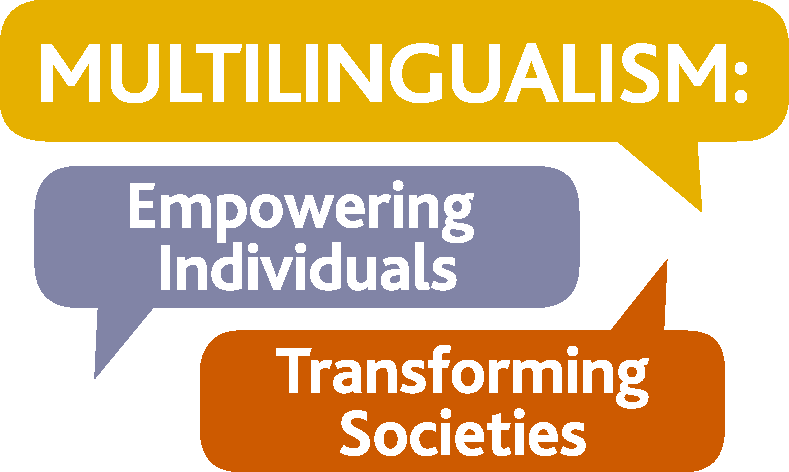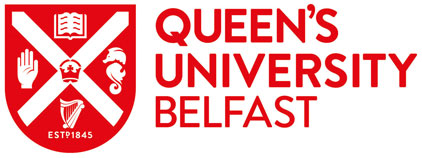Recent research on bilingualism has shown that learning two or more languages at once, far from being a disadvantage, is associated with multiple benefits, as long as the child has sufficient support to maintain all of his/her languages (Uljarević et al., 2016). The bilingual experience has been associated with higher educational achievement (Multilingual Britain, 2013), improved social use of language (Antoniou & Katsos, in press), and enhanced cognitive flexibility, symbolic representation, and other forms of executive control (Bialystok et al., 2009). These benefits are most likely due to the increased demand required for managing multiple languages on a day-to-day basis.
What is not yet well researched is bilingualism in children with speech and language disorders. In the UK, an estimated 5-12 % of all children are believed to have speech and language disorders (Law, 2000). Unfortunately, a common belief is that if learning one language is hard for the child, then two languages will be even more difficult to master. The family is then advised to keep to a single language in order to consolidate the child's resources and make things easier. This means families who have been using a minority language at home are asked to switch to the majority language so that the child can access the appropriate services (Kohnert, 2007). In essence, this is due to the fact that as it is often difficult – if not impossible – to find therapy materials in the child’s home language as well as a bilingual speech and language therapist that can provide assessment and therapy across both languages.
There are several problems with this attitude. First, there is no scientific evidence supporting the claim that switching to monolingualism helps a child overcome a speech and language disorder. Second, there is no scientific evidence showing that bilinguals are more prone to having speech and language disorders than monolinguals. Third, bilinguals with speech and language disorders are not at a greater disadvantage than their monolingual peers, all else being equal. Children with speech and language disorders can learn two languages, as can children with Down Syndrome (Kay-Raining Bird et al., 2005), Attention Deficit Hyperactivity Disorder (ADHD) (Bialystok et al., 2016), Autism (Reetzke et al., 2015), and Hearing Impairment (Waltzman et al., 2003). Monolingual children with speech and language disorders learn language, although at a slower pace and perhaps not to the same level as their unaffected peers. Similarly, bilingual children with speech and language disorders learn two languages relatively slower and perhaps not to the same level as their typically developing bilingual peers, but they match their monolingual peers with a speech and language disorder, if given similar opportunities. In other words, language development can be typical or atypical irrespective of the number of languages the child is exposed to (Cruz-Ferreira, 2011; Kohnert, 2007).
Current research confirms that assessment and intervention in speech and language therapy for bilingual children should target each of the child’s languages. This not only ensures a valid assessment of the child’s true linguistic skills but it also increases both the chances and the speed of recovery. It has long been agreed that speech and language therapy should use a holistic approach to meeting the communication needs of children with speech and language disorders rather than the traditional approach of providing interventions within isolated treatment contexts (Fey & Stalker, 1986).
Therefore, intervention success depends on the child’s ability to generalize communicative attainments in therapy across various communication settings and partners, especially within the family and community. Being monolingual in a bilingual family or community would inevitably limit a child’s communication opportunities, negate previous language experiences, deny full participation in family and community life, and effectively turn a disability into a handicap (Kohnert & Derr, 2004). On the other hand, developing both languages would allow the child to take full advantage of previous experiences with language and to increase the opportunities to use language for meaningful interactions within the family and community.
Reducing the number of languages that a bilingual child with a speech and language disorder is exposed to does not cure the language impairment. It only creates a monolingual child with a speech and language disorder.
As part of Strand 6 of the MEITS Project we study bilingual and monolingual children on the autism spectrum. We ask whether bilingual children on the autism spectrum benefit from the same social, linguistic, and cognitive advantages as their typically developing bilingual peers. With the prevalence of autism spectrum disorder recently estimated at 1 in 88 individuals (Brugha et al., 2012) an evidence-based understanding of how bilingualism interacts with this disorder is crucial in order to inform best practice in the family and the educational environment, and to develop appropriate interventions for bilingual children.
Additional material:
Prof. Kathy Kohnert talking about bilingual language development
References
Cruz-Ferreira, M. (2011, August 02). Recommending Monolingualism to Multilinguals – Why, and Why Not [Web log post]. Retrieved from http://blog.asha.org/2011/08/02/recommending-monolingualism-to-multilinguals-why-and-why-not/
Taylor, F. (2013). Multilingual Britain. Retrieved from http://www.britac.ac.uk/sites/default/files/Multilingual%20Britain%20Report.pdf
Note: comments are moderated before publication. The views expressed in the comments are those of our users and do not necessarily reflect the views of the MEITS Project or its associated partners.








Rosario Then de Lammerskötter
Posted on
Great Article!
Thanks!